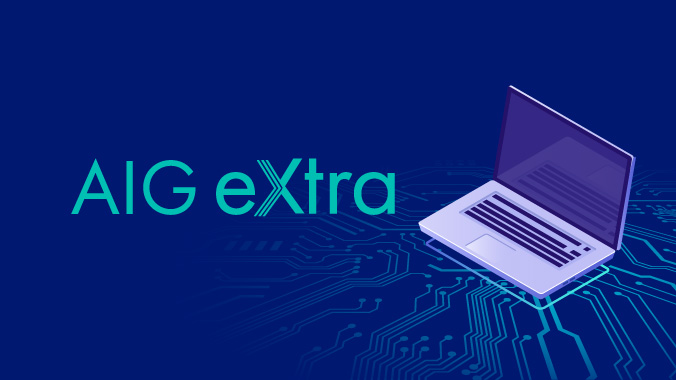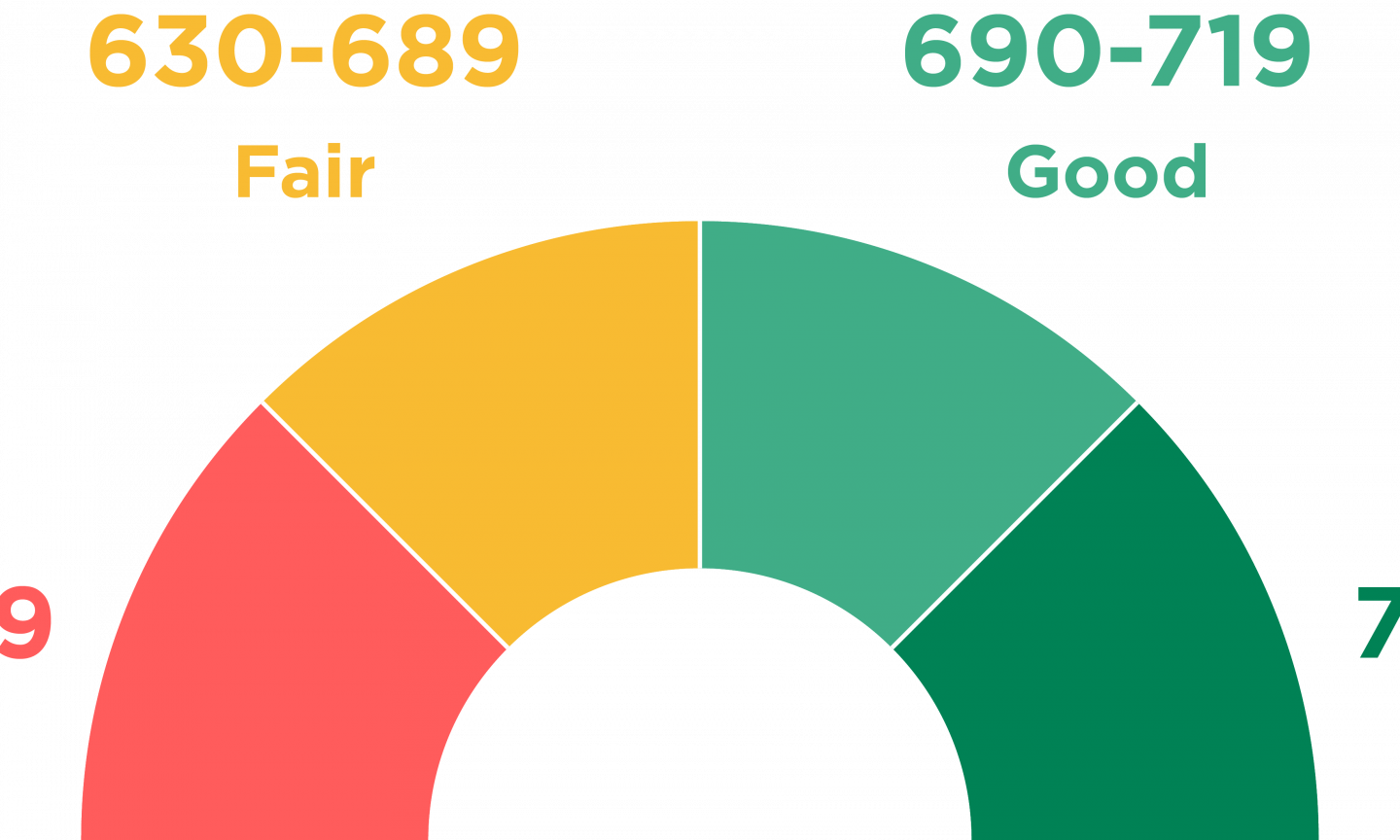
There are several advantages of a forex trading simulator. These simulators are a great way to practice your trading skills without needing to deposit money into a real trading account. These can be used offline and often come with no cost. You can even take your time before you make a trade. You will need to open a trading account before you can make a trade. Some of the benefits of a forex trading simulator are:
Free
A free forex trading simulator lets aspiring traders learn the intricacies of foreign currency market. Simulators include live, simulated orders, price-charting functions, and order execution. The simulator is able to simulate the actual market, allowing traders to practice and perfect their trading techniques before they start real trades. These programs can be used for backtesting as well as forward-testing, which allows traders to learn new trading strategies and techniques. Many even offer risk-free account options with real trading functions.

Can be used in an off-line environment
You can use the Forex trading simulator in an offline environment, where you do not have access to the internet. It is important to note that not all of these simulators allow you the ability to update your data immediately. Although these simulators don't allow you to practice with real money, they can still be a great option for people who don't have access to the internet at home or work.
Before trading, you must have a real account
A real account is required before you can start trading real money. A real account allows you to trade on various financial instruments. You also have access to company financial reports as well as business news. These documents can help with investment decisions. Access to numerous resources and tools that will help you succeed in stock market are also available. It is important that you familiarize yourself fully with the platform before you open an actual account.
Trades can now move fast
Forex trading offers traders the opportunity to examine different time frames. The larger time frame is used to establish a longer-term trend, while the smaller time frame is used to find ideal entry points. Your trading strategy will play a role in determining the best time frame. The following factors can help you decide the right timeframe for your needs. Consider the timeframe of your currency pair.
Do not attempt to simulate market conditions
Simulating your strategy can help you assess its effectiveness. This takes several days. Teams develop objectives, decide on product lines, and evaluate the reactions of the market before awarding shares. The spreadsheet model allows the team to assess the financial consequences of their actions and the potential profits. They can incorporate mergers or acquisitions as well any other events that could occur in the real-world. Simulations work best when all four conditions are true.

This does not allow traders the ability to reset balances in case they lose virtual currency
Forex trading simulators usually don't allow for you to reset your account if you lose virtual cash. Some forex trading simulators let you withdraw and deposit money on the basis of real-time data. You can set the parameters of your Forex trading simulation according to your preference. Some Forex simulators even allow you to customize their simulation speed. You can change the simulation speed using the Inputs tab. Some trading simulators allow you to add financial news to the stock market.
FAQ
Do you think it makes sense to invest in gold or silver?
Gold has been around since ancient times. It has been a valuable asset throughout history.
However, like all things, gold prices can fluctuate over time. When the price goes up, you will see a profit. You will be losing if the prices fall.
So whether you decide to invest in gold or not, remember that it's all about timing.
How can I choose wisely to invest in my investments?
A plan for your investments is essential. It is essential to know the purpose of your investment and how much you can make back.
It is important to consider both the risks and the timeframe in which you wish to accomplish this.
You will then be able determine if the investment is right.
You should not change your investment strategy once you have made a decision.
It is better not to invest anything you cannot afford.
What are the 4 types of investments?
There are four main types: equity, debt, real property, and cash.
The obligation to pay back the debt at a later date is called debt. It is typically used to finance large construction projects, such as houses and factories. Equity is the right to buy shares in a company. Real estate refers to land and buildings that you own. Cash is the money you have right now.
When you invest your money in securities such as stocks, bonds, mutual fund, or other securities you become a part of the business. You are a part of the profits as well as the losses.
Can I make my investment a loss?
You can lose everything. There is no 100% guarantee of success. However, there are ways to reduce the risk of loss.
One way is to diversify your portfolio. Diversification spreads risk between different assets.
Another option is to use stop loss. Stop Losses allow you to sell shares before they go down. This lowers your market exposure.
Margin trading can be used. Margin Trading allows you to borrow funds from a broker or bank to buy more stock than you actually have. This increases your chances of making profits.
How can I reduce my risk?
You must be aware of the possible losses that can result from investing.
A company might go bankrupt, which could cause stock prices to plummet.
Or, the economy of a country might collapse, causing its currency to lose value.
You risk losing your entire investment in stocks
Therefore, it is important to remember that stocks carry greater risks than bonds.
You can reduce your risk by purchasing both stocks and bonds.
This increases the chance of making money from both assets.
Spreading your investments across multiple asset classes can help reduce risk.
Each class has its own set risk and reward.
Stocks are risky while bonds are safe.
If you're interested in building wealth via stocks, then you might consider investing in growth companies.
You may want to consider income-producing securities, such as bonds, if saving for retirement is something you are serious about.
Do I need an IRA to invest?
A retirement account called an Individual Retirement Account (IRA), allows you to save taxes.
IRAs let you contribute after-tax dollars so you can build wealth faster. You also get tax breaks for any money you withdraw after you have made it.
For those working for small businesses or self-employed, IRAs can be especially useful.
In addition, many employers offer their employees matching contributions to their own accounts. This means that you can save twice as many dollars if your employer offers a matching contribution.
Statistics
- As a general rule of thumb, you want to aim to invest a total of 10% to 15% of your income each year for retirement — your employer match counts toward that goal. (nerdwallet.com)
- According to the Federal Reserve of St. Louis, only about half of millennials (those born from 1981-1996) are invested in the stock market. (schwab.com)
- Some traders typically risk 2-5% of their capital based on any particular trade. (investopedia.com)
- An important note to remember is that a bond may only net you a 3% return on your money over multiple years. (ruleoneinvesting.com)
External Links
How To
How to save money properly so you can retire early
Retirement planning involves planning your finances in order to be able to live comfortably after the end of your working life. It's when you plan how much money you want to have saved up at retirement age (usually 65). Also, you should consider how much money you plan to spend in retirement. This includes travel, hobbies, as well as health care costs.
You don’t have to do it all yourself. Numerous financial experts can help determine which savings strategy is best for you. They will examine your goals and current situation to determine if you are able to achieve them.
There are two types of retirement plans. Traditional and Roth. Roth plans allow for you to save post-tax money, while traditional retirement plans rely on pre-tax dollars. Your preference will determine whether you prefer lower taxes now or later.
Traditional Retirement Plans
Traditional IRAs allow you to contribute pretax income. If you're younger than 50, you can make contributions until 59 1/2 years old. After that, you must start withdrawing funds if you want to keep contributing. After turning 70 1/2, the account is closed to you.
A pension is possible for those who have already saved. These pensions vary depending on where you work. Employers may offer matching programs which match employee contributions dollar-for-dollar. Other employers offer defined benefit programs that guarantee a fixed amount of monthly payments.
Roth Retirement Plans
With a Roth IRA, you pay taxes before putting money into the account. You then withdraw earnings tax-free once you reach retirement age. However, there are limitations. For example, you cannot take withdrawals for medical expenses.
A 401 (k) plan is another type of retirement program. These benefits are often provided by employers through payroll deductions. Employer match programs are another benefit that employees often receive.
401(k).
401(k) plans are offered by most employers. They allow you to put money into an account managed and maintained by your company. Your employer will automatically contribute a portion of every paycheck.
You can choose how your money gets distributed at retirement. Your money grows over time. Many people choose to take their entire balance at one time. Others distribute the balance over their lifetime.
Other types of savings accounts
Some companies offer other types of savings accounts. TD Ameritrade can help you open a ShareBuilderAccount. With this account, you can invest in stocks, ETFs, mutual funds, and more. Plus, you can earn interest on all balances.
At Ally Bank, you can open a MySavings Account. You can use this account to deposit cash checks, debit cards, credit card and cash. You can also transfer money from one account to another or add funds from outside.
What To Do Next
Once you know which type of savings plan works best for you, it's time to start investing! First, find a reputable investment firm. Ask family members and friends for their experience with recommended firms. Also, check online reviews for information on companies.
Next, calculate how much money you should save. This involves determining your net wealth. Net worth can include assets such as your home, investments, retirement accounts, and other assets. It also includes liabilities, such as debts owed lenders.
Once you know how much money you have, divide that number by 25. This number will show you how much money you have to save each month for your goal.
For example, if your total net worth is $100,000 and you want to retire when you're 65, you'll need to save $4,000 annually.